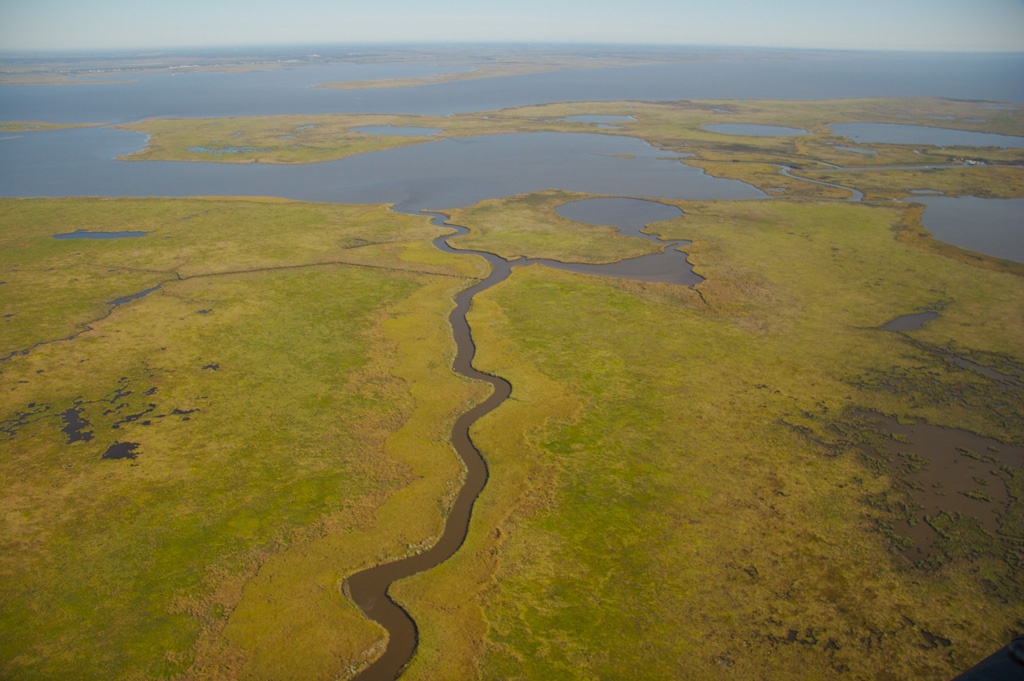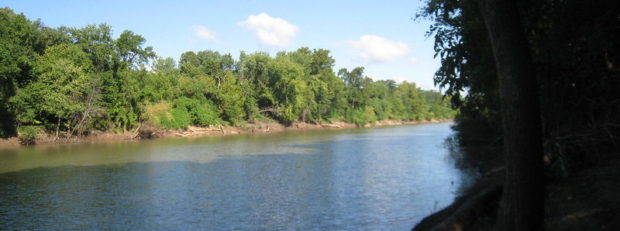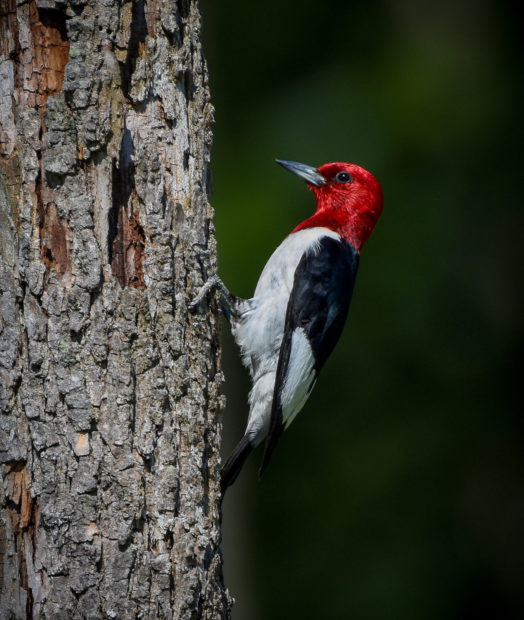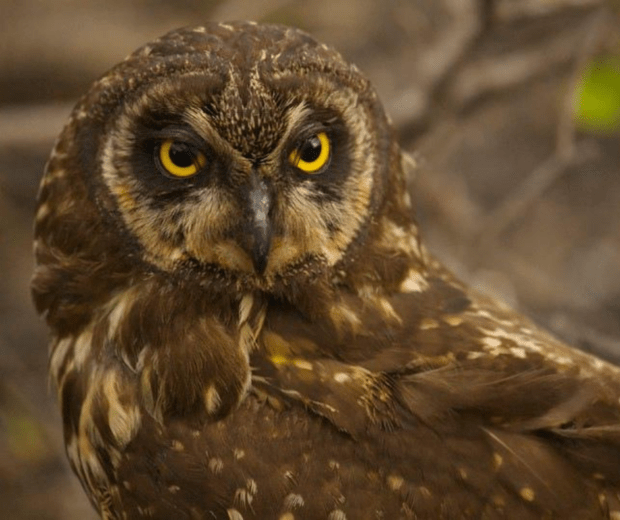We have much more to do and your continued support is needed now more than ever.
Natural Climate Solutions Can Store Carbon and Enhance Resilience to Climate Change

Restoring, conserving, or creating natural systems can aid in carbon sequestration and storage while mitigating climate impacts on human communities.
The National Wildlife Federation defines the concept of natural climate solutions as strategies that support or enhance the ability of natural systems to both mitigate climate change (enhancing the removal or storage of carbon) and strategies that increase the resilience of human communities and wildlife populations to the impacts of climate-related natural hazards.
Recognizing that climate change is already having significant impacts on people and wildlife and that further changes are inevitable, enhancing or protecting the ability of natural and human communities to withstand or adjust to climate change and its associated impacts is a necessary complement to climate mitigation efforts. Resilience, in turn, maybe the desired outcome of those adaptation strategies.
For human communities, resilience can be defined as the ability to maintain valued socio-economic systems in the face of near-term disturbances and long-term climatic changes. For natural ecosystems, resilience generally reflects the ability of ecological systems (e.g., forests, coastal wetlands, coral reefs) to resist, recover from, or adapt to those changes and maintain desired functions.

Investing in coastal ecosystems, floodplains, forests, and urban forests can enhance resilience to climate-fueled disasters, provide critical “co-benefits” to society, and sequester carbon in the process. Along shorelines, coral reefs can reduce 97% of incoming wave energy, which helps mitigate erosion and storm-surge.
Protecting forests and floodplains can help avoid damages to nearby infrastructure, as well. For instance, protected floodplains in the Meramec Greenway, which comprises 28,000 acres of forest and other conservation lands along the Meramec River in southern Missouri, are estimated to contribute about $13 million in avoided flood damages annually.

Further, urban trees can help to mitigate flood risk, reduce urban heat and residential energy use, and remove tons of pollutants from the air. The combined benefits from urban and community trees and forests number in the billions of dollars for the coterminous U.S. annually. In fact, one medium sized tree can intercept 2,380 gallons of rainfall per year, helping control stormwater runoff. And, urban forests can benefit wildlife, including by providing critical habitat to migrating birds.
For instance, Rock Creek Park and other parks in Washington D.C. have been found to have particularly high bird density during fall migration, when compared with the surrounding developed city. As well, in the western Lake Erie region, limited availability of quality habitat makes open spaces in forests, parks, and other undeveloped swaths of land, all the more important to birds like the red-headed woodpecker, the bay-breasted warbler, and the short-eared owl.
Investing in resilience on the front-end produces benefits and savings for taxpayers and insurance policy holders in the long-term. It is estimated that for every $1 of federal grant money spent on risk reduction activities in the U.S., $6 in benefits are reaped. In the Gulf of Mexico, every $1 spent on wetland and oyster reef restoration can yield more than $7 dollars in flood reduction benefits.
When compared with traditional “gray” infrastructure protections, such as levees or seawalls, natural resilience protections can often be more cost-effective too. For example, in the Caribbean, reviving reefs and mangroves can be an order of magnitude more cost-effective than installing seawalls or breakwaters.
Read more about how natural climate solutions can be used to mitigate risk and sequester carbon by checking out the National Wildlife Federation’s Natural Climate Solutions Platform, or see more infographics about natural climate solutions.
Urge your federal lawmakers to invest in natural climate solutions that boost community and wildlife resilience!
Take Action!
This blog is a part of a series on Natural Climate Solutions. More blogs in the series:
























